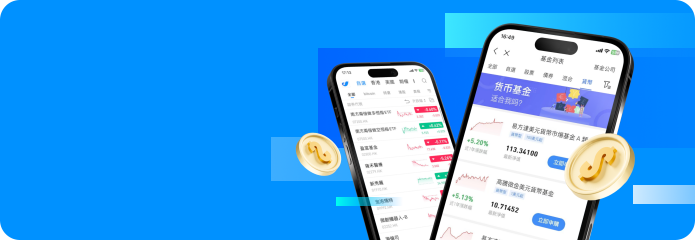Three Bullish Factors: The Underlying Logic Fueling the Rally
The first bullish factor comes from weak U.S. non-farm payroll data. In July, only 73,000 jobs were added, far below market expectations, and the previous two months were revised down by 258,000, causing the probability of a rate cut by the Federal Reserve to rise sharply.
The second bullish factor is the increasing internal division at the Federal Reserve. Two members unexpectedly voted in favor of an immediate rate cut, while member Couglar's premature resignation is viewed by the market as a prelude to administrative intervention in monetary policy.
The third bullish factor is the rising risk aversion sentiment. Trump signed an executive order on "reciprocal tariffs," and combined with escalating tensions in the Middle East, funds accelerated into traditional safe assets, benefiting gold.
Capital Flow and Institutional Perspectives: What Supports the Bullish Momentum
With these three bullish factors, global gold ETFs have seen net inflows of $8.5 billion since the beginning of the year, reversing the outflows seen in the same period last year. Huayuan Securities noted that the "Trump 2.0" policy mix could weaken the dollar's credit and potentially increase import-driven inflation, providing a "floor price" support for gold.
Major international banks have also raised their target prices: Goldman Sachs expects gold prices to reach $3,700 per ounce by the end of the year, while UBS has raised its target for the end of 2025 to $3,500 and predicts that central banks worldwide will purchase 1,000 tons of gold this year, with ETFs net buying 450 tons.
Outlook for the Market: Four Key Tracks to Watch
Macroeconomic Path: If the Federal Reserve starts the rate-cutting cycle as early as September, falling real interest rates will continue to raise the holding value of gold.
Central Bank Purchases: With rising geopolitical and debt risks, the trend of emerging market central banks increasing their gold holdings shows no sign of slowing down.
Dollar Index: Short-term attention should be paid to potential "unexpected rebounds" in employment or inflation data. If the rate-cut window is delayed, gold prices may experience a high-level pullback.
Risk Aversion Sentiment: If tensions in the Middle East and global trade conflicts escalate further, gold will likely benefit from heightened risk aversion sentiment.
It is important to note that gold has accumulated significant gains, and the technical RSI indicator has entered the "overbought" region. If U.S. economic data unexpectedly strengthens or the dollar rebounds, gold prices and gold stocks may face a short-term correction. Overall, the three bullish factors, combined with long-term central bank purchases and expectations of monetary easing, still provide a strong foundation for the bullish trend in gold. The Hong Kong gold sector is more likely to experience "volatile upward movement," but attention should be given to key macroeconomic data and changes in U.S. Treasury yields.
How to Buy ETFs on uSMART
After logging into the uSMART HK app, click on "Market" at the top of the page and select the ETF you want to purchase. Alternatively, click the search icon at the top right of the page and enter the product code to access the detailed page for transaction details and historical trends. Click "Trade" at the bottom right, select "Buy/Sell," and then submit the order after entering the transaction conditions.
(Source: uSMART HK app)



